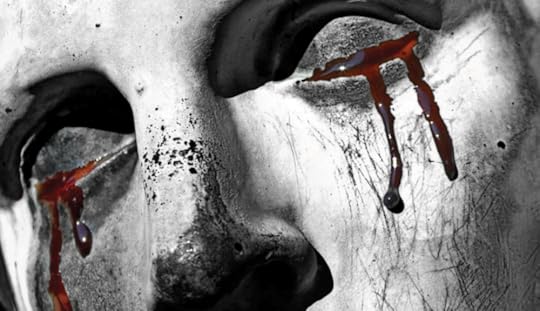You can be Like God: Some Thoughts on the Oedipal Dilemma of Adam and Eve

This post suffers from the duel sins of saying too much and too little. Too much in that it requires a certain grounding in psychoanalytic thinking, and too little because it offers nothing but a brief sketch of the way I approach the biblical tradition. For a more in depth version, I recommend The Divine Magician.
While the Oedipus Complex was central to Freud’s development of psychoanalysis, and remains central to many who work within that field, it isn’t an easy concept to grasp. The original story of Oedipus tells of a son who unknowingly fulfills a prophecy when he murders his father and marries his mother. Acts that bring disaster.
From a psychoanalytic perspective, the marriage of mother and son can be seen to represent our desire to possess some primordial object that would fill the lack that arises as a result of our development as a subject. The father represents that which gets in the way of this fantasied union. While the murder of the father represents our deep desire to be rid of the obstacle in order to have that which we feel will make us complete.
In more theological language, the mother represents a sacred object that will bring wholeness and the father represents the Law that prohibits it. The Law is experienced as that which separates us from what we desire, while actually increasing our desire for what is prohibited. Thus the prohibition (Law), as Paul understood, is directly connected with the Lack (Sin).
From this perspective, the story of Adam and Eve is a type of Jewish Oedipal story. Adam and Eve are separated from an object that will make them ‘like God’. In other words, an object that will make them whole, for God is not marked by lack. This sacred object is prohibited by the No of the father, the prohibition. Adam and Eve refuse to identify with the prohibition (the Law) and disaster results.
From a psychoanalytic perspective, the resolution of the Oedipal dilemma results from first identifying with the Law – renouncing ones pursuit of the lost object – and then later realizing that the Law hides nothing. That there is no lost object on the other side of the law that can take away the lack.
These two moves (identifying with the law and realizing that the law hides nothing) have a theological counterpart. The first lies in the role of the covenants. A covenant is a type of contract that all parties are obliged to obey. A contract is not designed to bring you closer to the other, but to help separate you from them. More precisely, from their desire. One enters into a contract to be protected from the ever changing desire of the other, and visa versa. A divorced couple, for instance, contractually agree to certain visiting times, alimony etc. in order to avoid any problems that arise from people changing their mind. If the contract isn’t adhered to, all manner of problems arise. The biblical covenants can thus be understood to create distance from people are their sacred object.
In the aftermath of the Oedipal disaster reflected in the story of Adam and Eve, we have the epoch of covenants, which reflects the first stage of identifying with the law.
The second move is the discovery that, behind the Law, there is no sacred object to make us whole. That the promise of being “like God” is a lie. This means that the law is an arbitrary imposition that must be transcended by a new order (love). This second move happens in both Jewish thinking (something that we can see in Žižek’s reading of Job, for example), and in the founding event of Christianity.
Within the latter this is seen explicitly in the Crucifixion when the prohibition is removed and we see that nothing lies behind it. This is symbolized in the tearing of the temple curtain, which reveals that the Holy of Holies is just an empty room. What we thought lay between ourselves and the sacred object actually hid the reality that there is no sacred object.
After this, a type of life is opened up in which we might move beyond the Law and its transgression. A type of life in which the sacred is no longer felt to be some lost object (the lie of being “like God”), but rather as a type of density found in real objects. Theologically this is expressed in the meaning of Resurrection and the epoch of the Holy Ghost.
So then, in the same way as the Oedipus Complex is a fundamental concept in Freudian Psychoanalysis, so the Eden Complex is a fundamental concept in Pyrotheology.
Peter Rollins's Blog
- Peter Rollins's profile
- 314 followers



